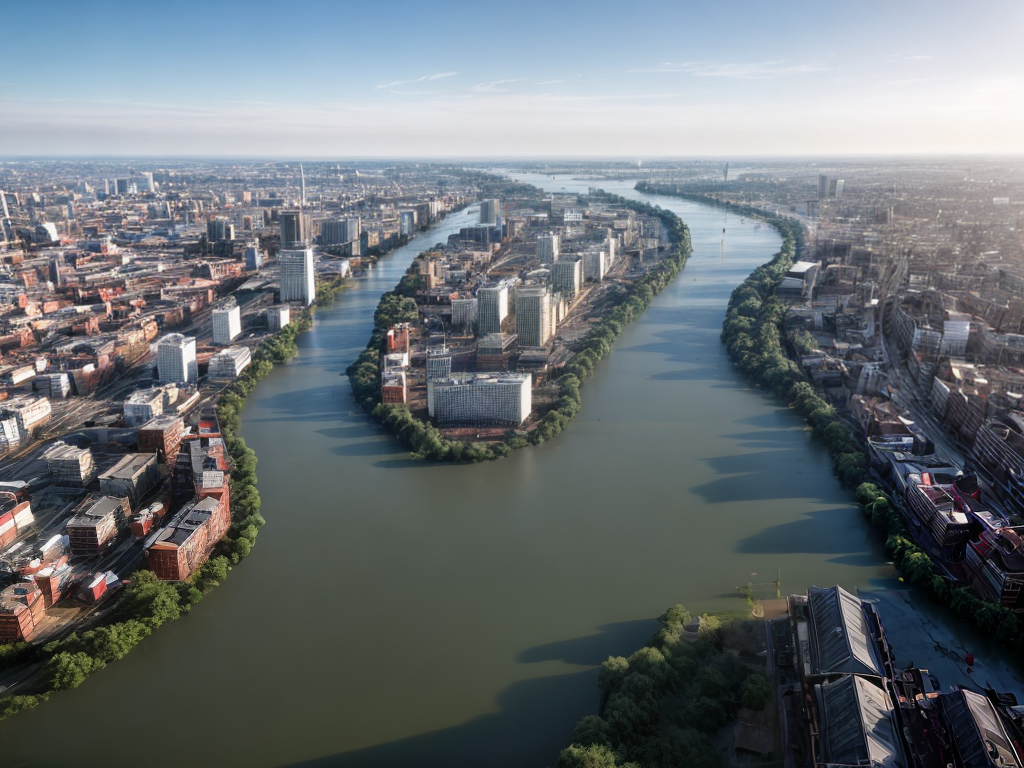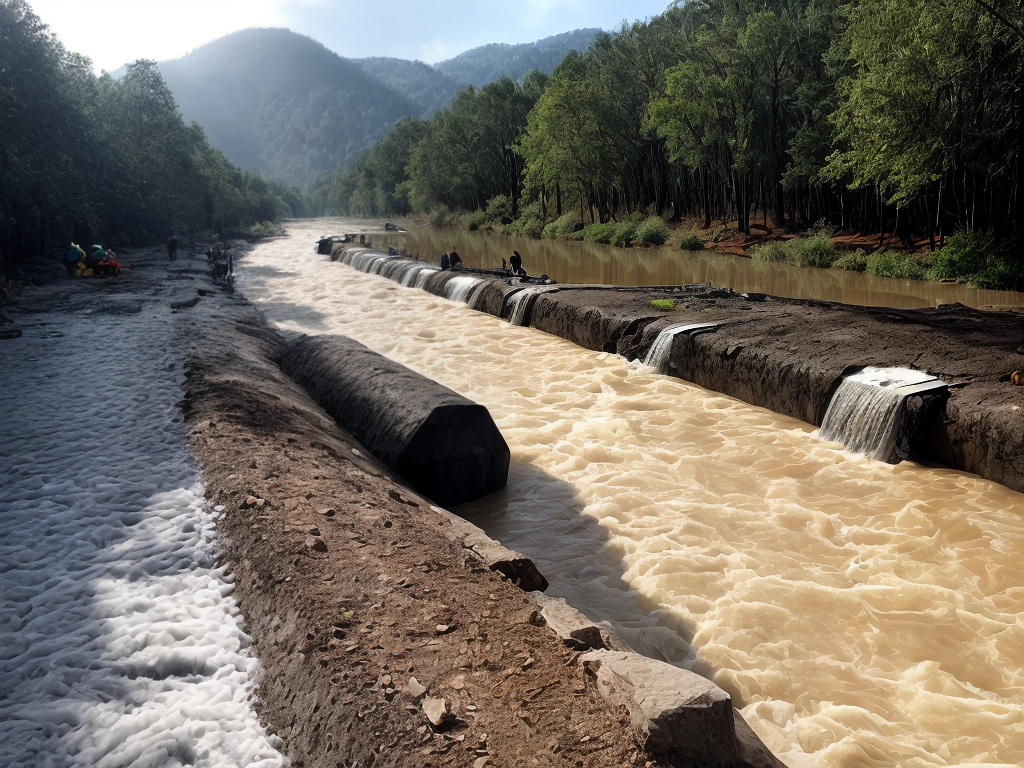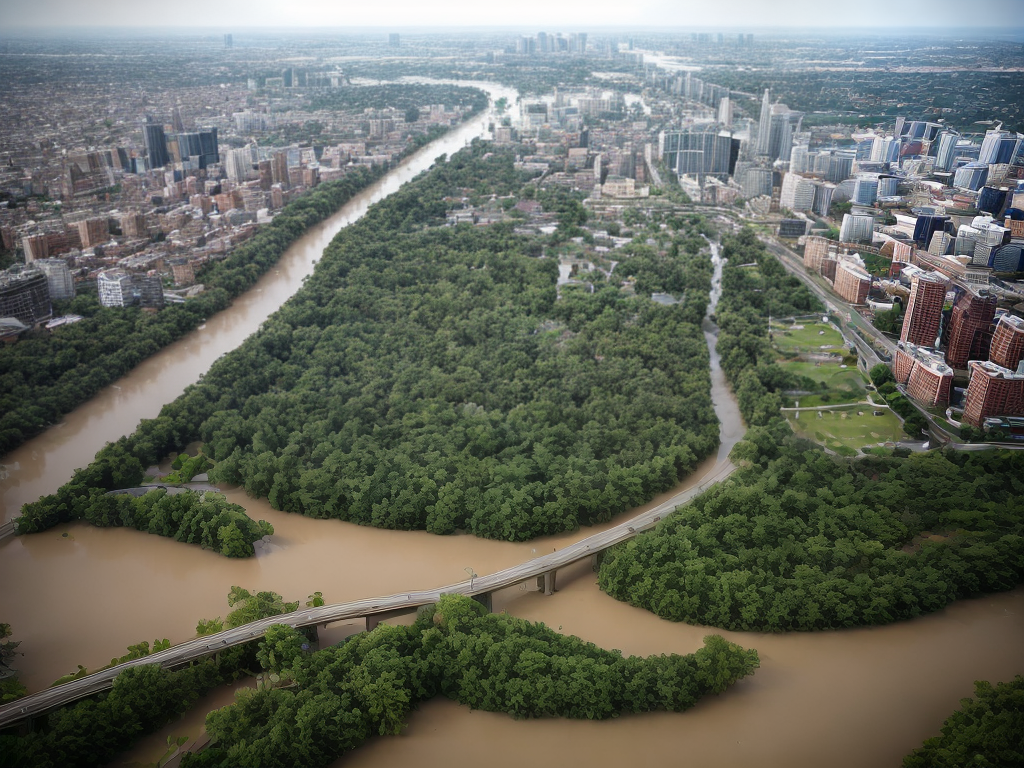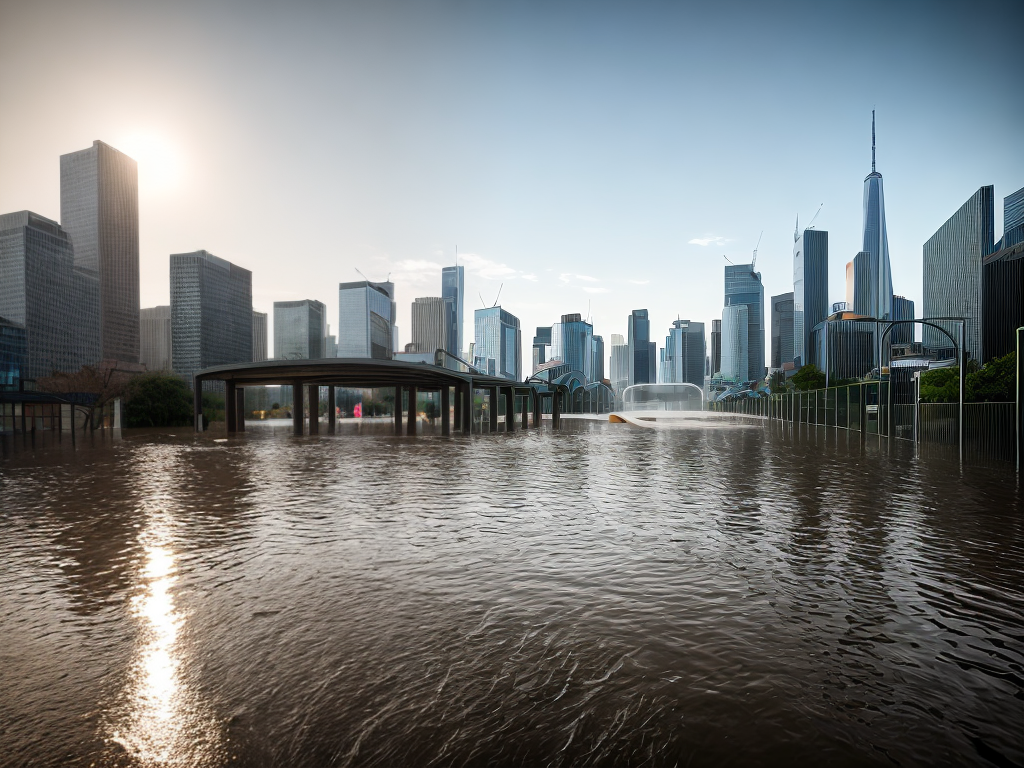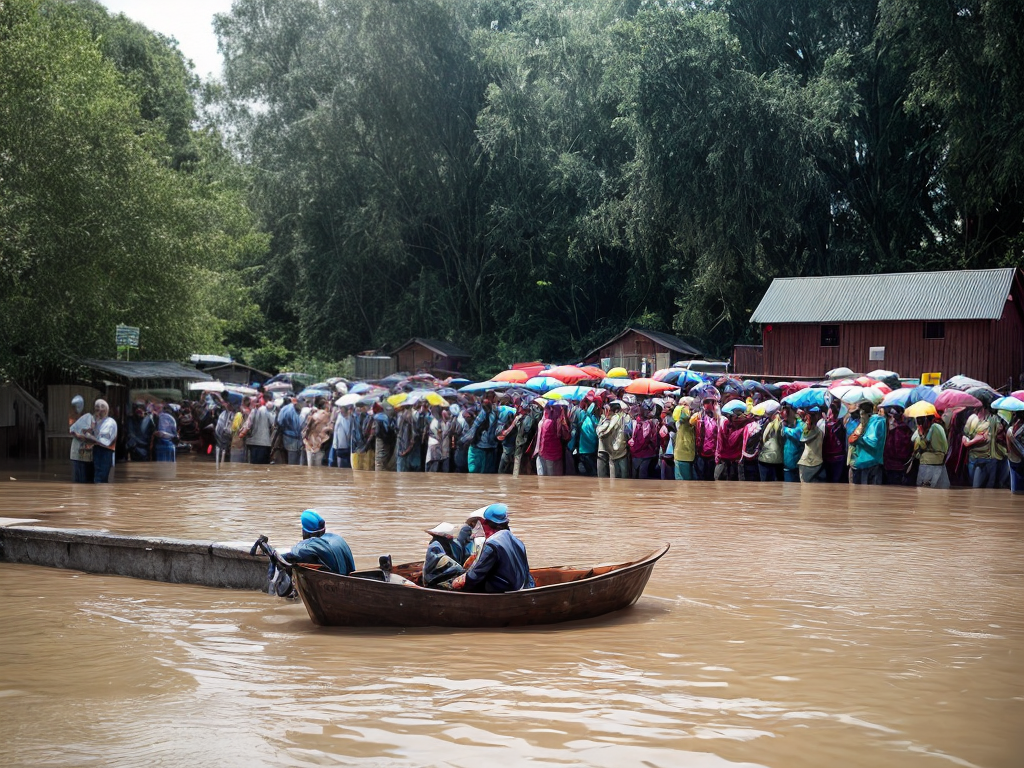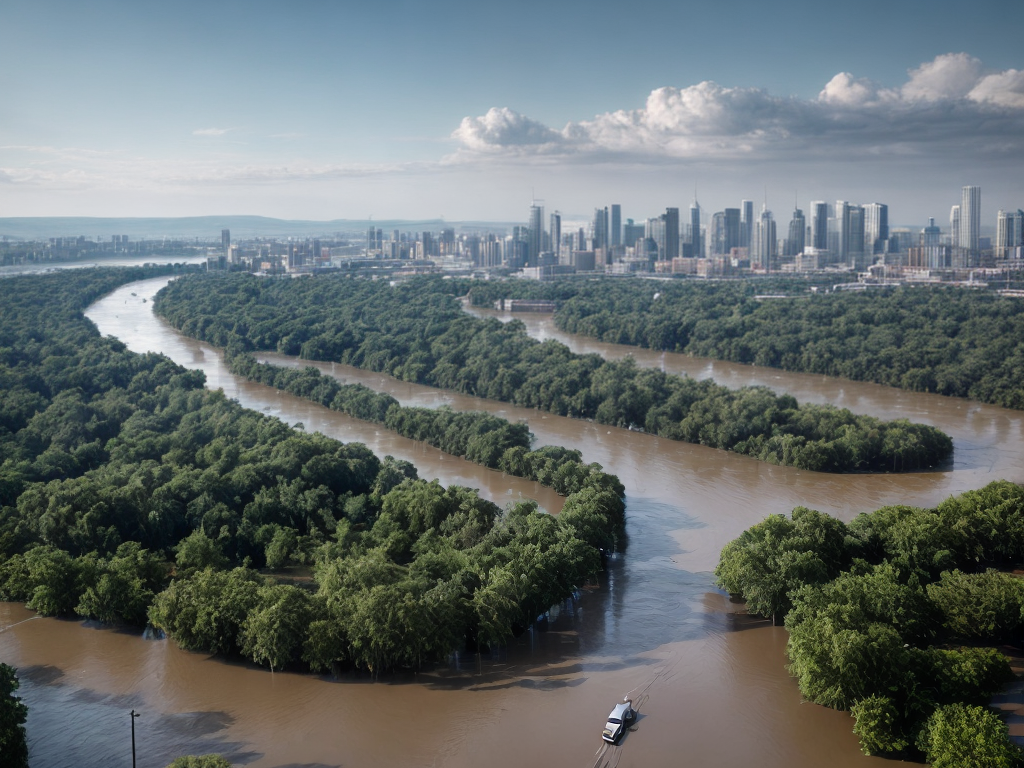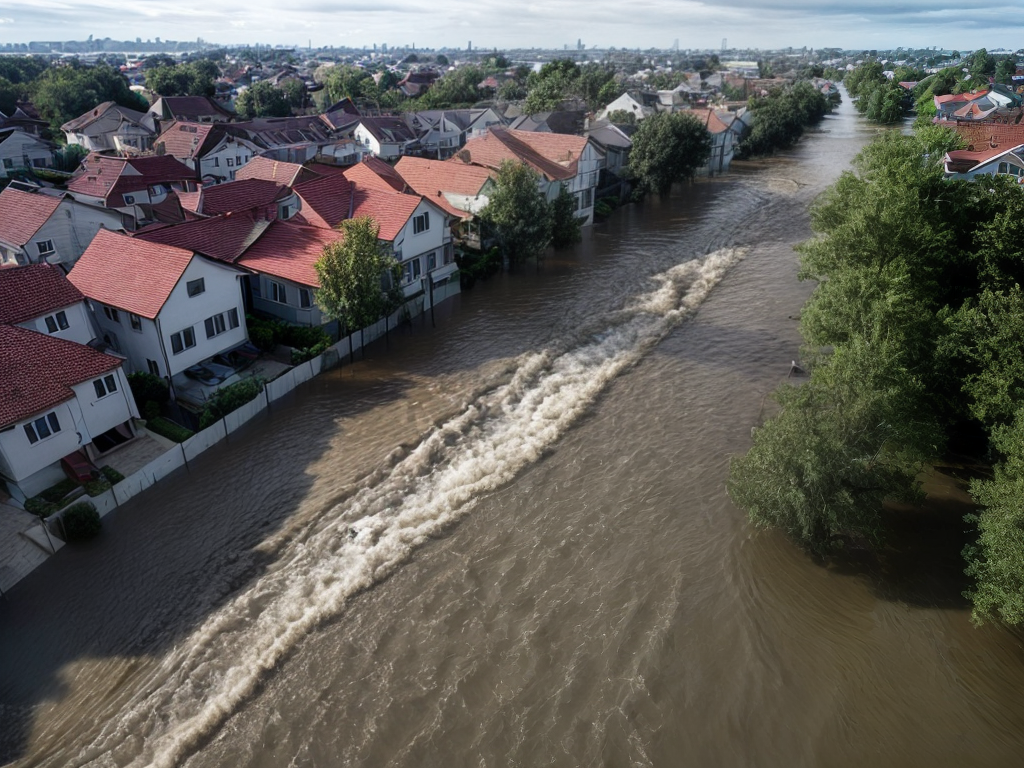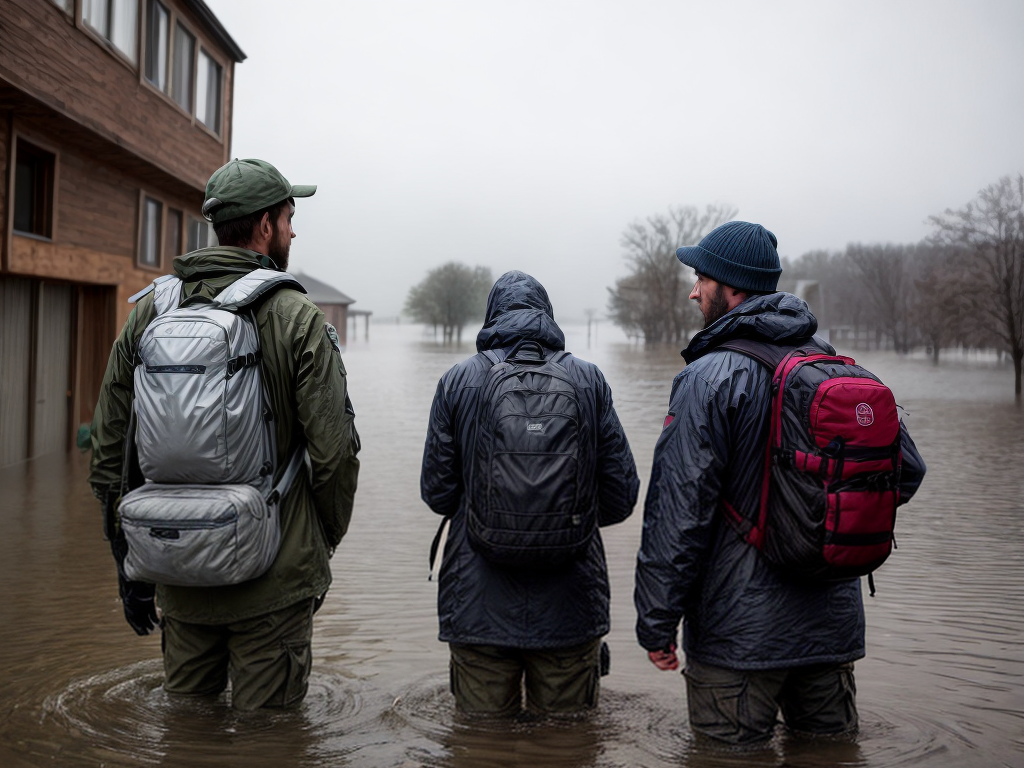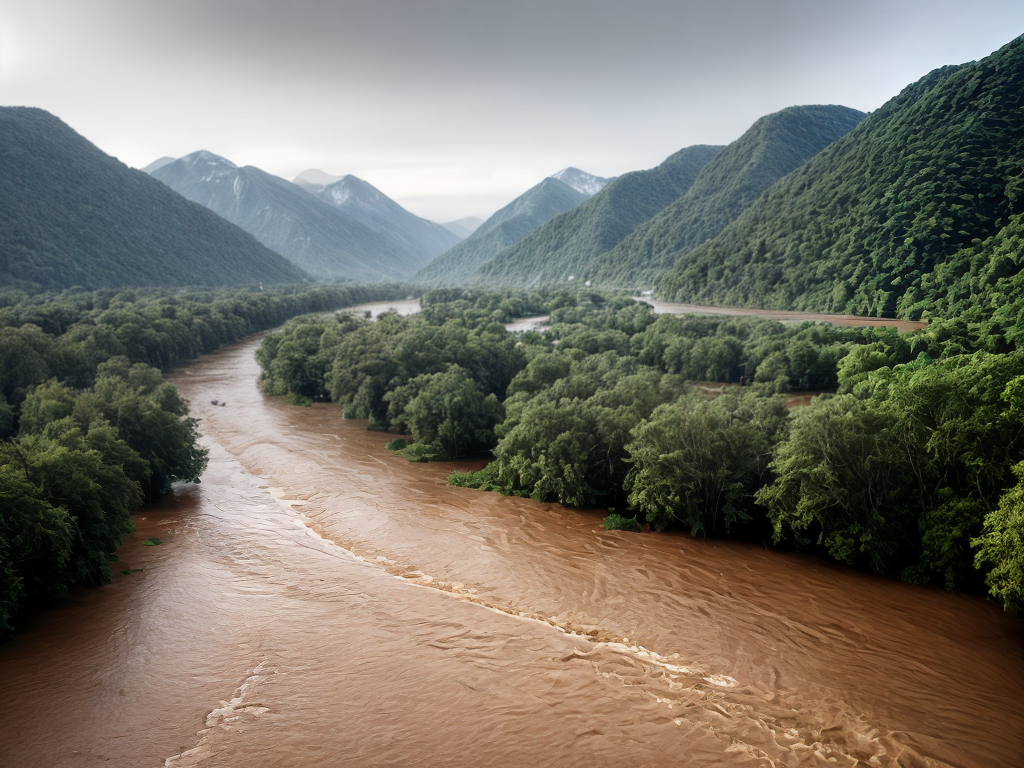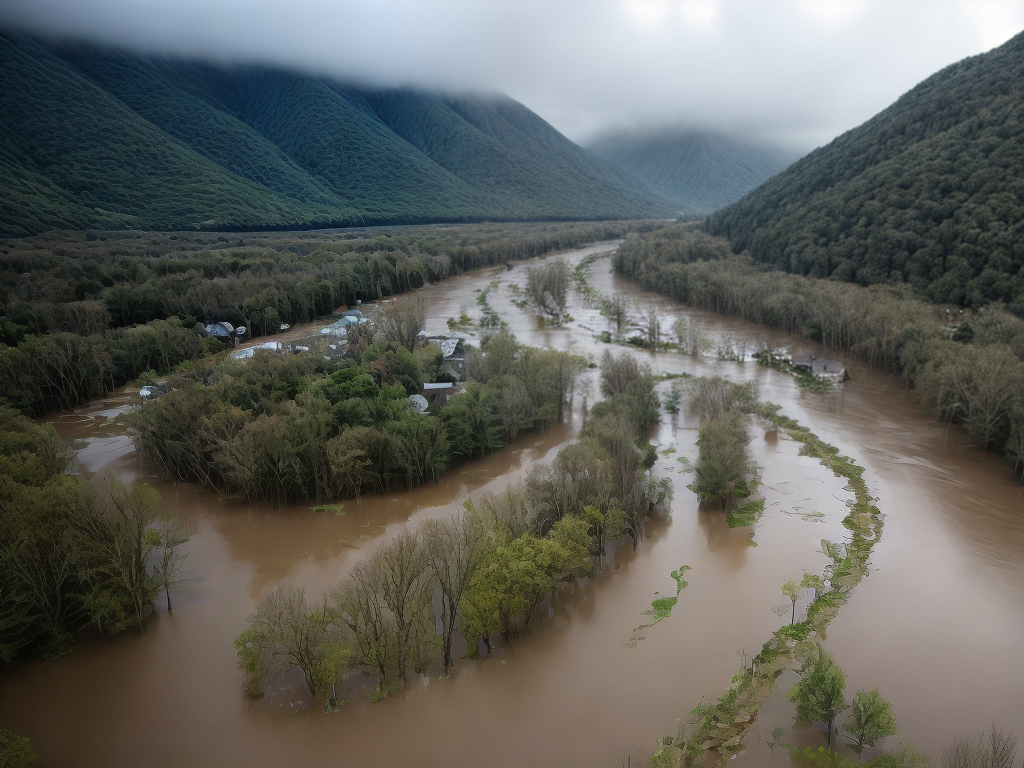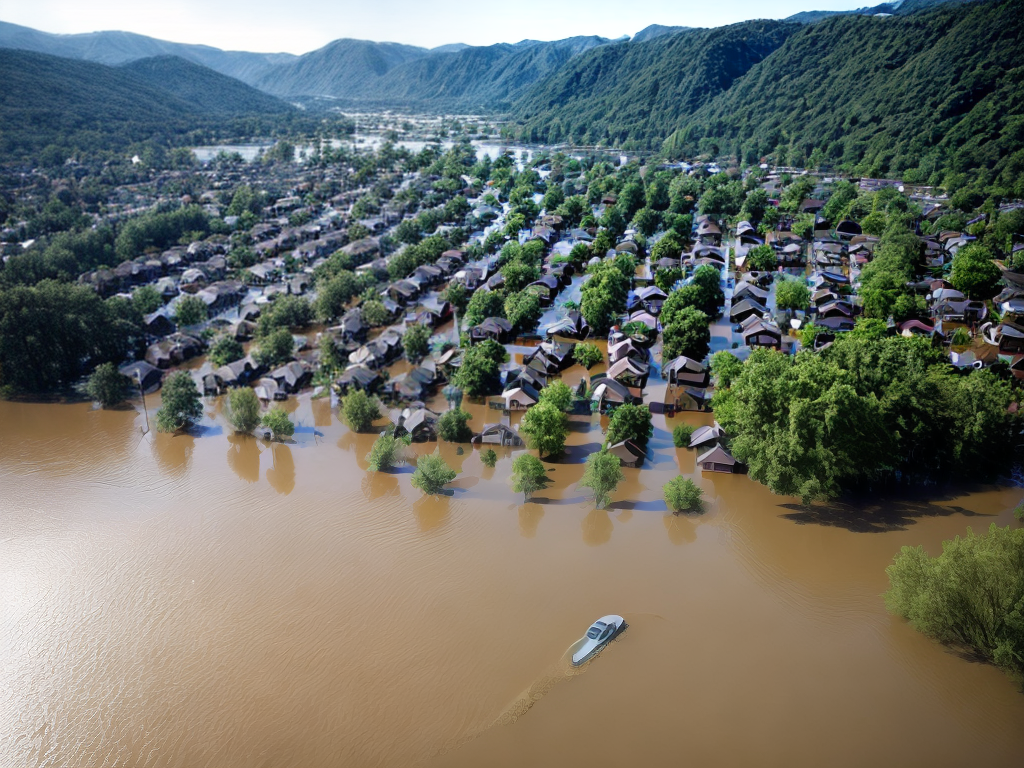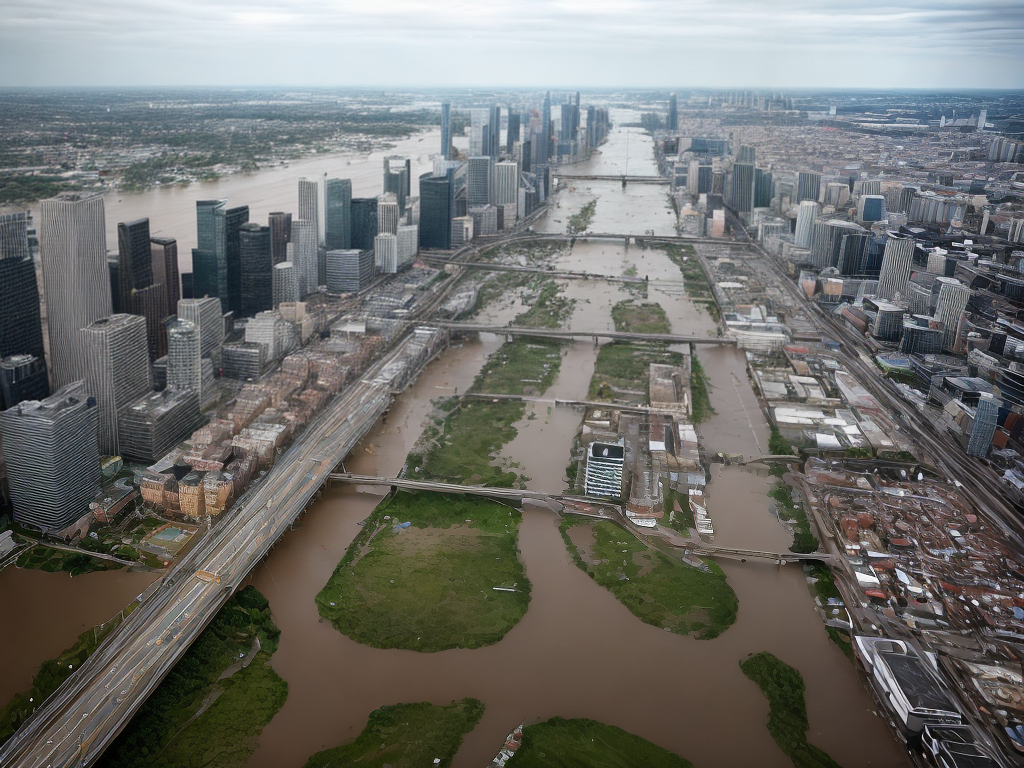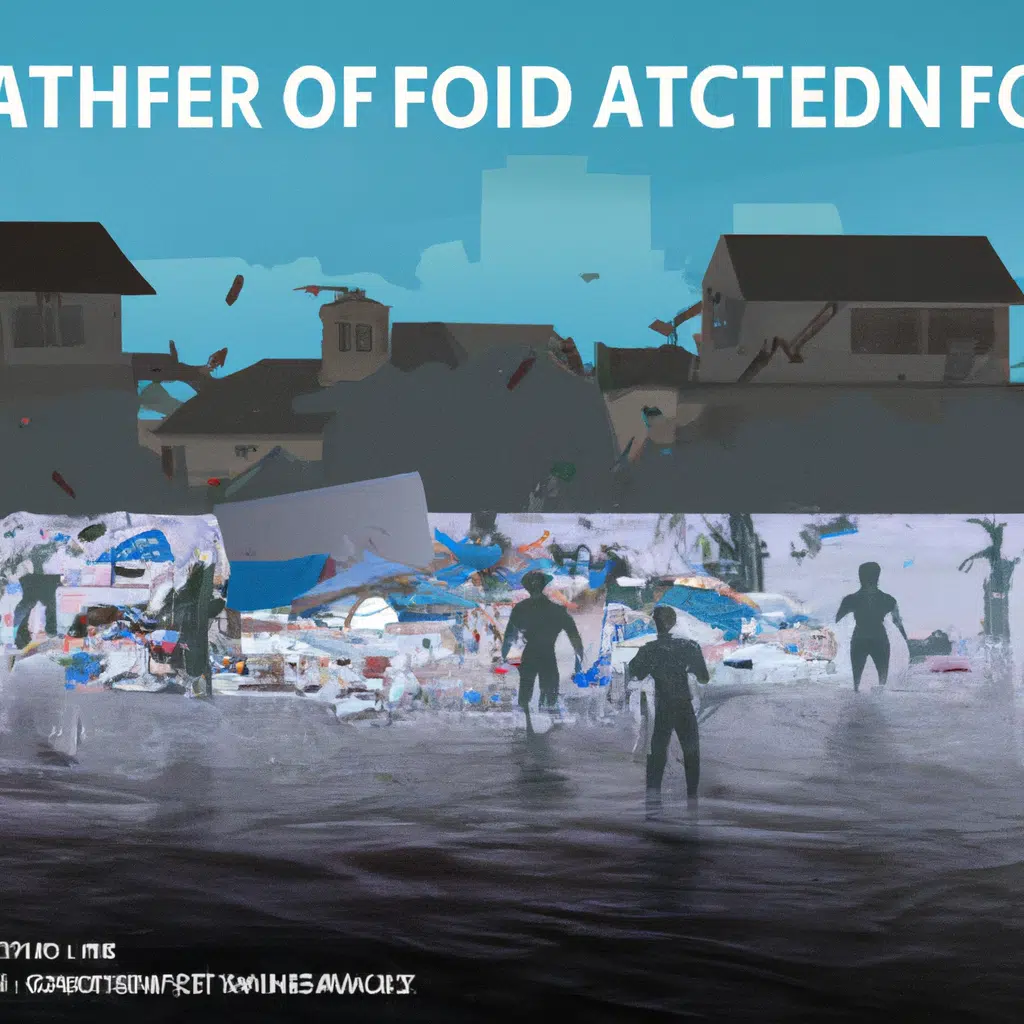
Disasters such as floods can cause immense devastation, leaving communities shattered and in need of immediate assistance. In recent years, artificial intelligence (AI) has emerged as a powerful tool in disaster response and recovery efforts. By harnessing the capabilities of AI, organizations and governments can better prepare for, respond to, and recover from flood events. In this article, we will explore the ways in which AI is transforming disaster response and recovery, and how it can help communities in their fight against floods.
Understanding Flood Patterns with AI
One of the key challenges in responding to floods is understanding their patterns and predicting their behavior. Traditional methods of flood forecasting rely on historical data and manual analysis, which can be time-consuming and prone to errors. This is where AI comes in to revolutionize the field.
AI algorithms can analyze vast amounts of data, including satellite imagery, weather patterns, river levels, and historical flood data, to generate accurate flood predictions. By training AI models on large datasets, scientists and researchers can develop sophisticated flood models that can forecast the intensity, duration, and location of floods with a high degree of accuracy.
These AI-powered flood prediction models enable authorities to issue timely warnings to at-risk communities, allowing them to evacuate and take necessary precautions. By leveraging AI, communities can be better prepared for the onslaught of floods and minimize the loss of life and property.
AI-Enabled Early Warning Systems
Early warning systems play a crucial role in disaster response. They provide timely information about impending floods, allowing authorities and individuals to take proactive measures. With AI, these early warning systems can be significantly enhanced.
AI algorithms can continuously monitor and analyze various data sources, including weather forecasts, river levels, and sensor data, to detect early signs of flooding. By integrating AI with sensor networks and IoT devices, real-time data can be collected and analyzed to provide accurate and up-to-date flood warnings.
Furthermore, AI can learn from historical flood events and identify patterns that can help refine the accuracy of early warning systems. By continuously improving the algorithms, AI can adapt to changing environmental conditions and provide more reliable predictions.
AI-Powered Disaster Response Planning
When floods strike, rapid response is crucial to saving lives and minimizing damage. AI can play a pivotal role in optimizing disaster response efforts and streamlining resource allocation.
By analyzing historical flood data and simulating various scenarios, AI algorithms can help authorities identify the most vulnerable areas and allocate resources accordingly. This includes deploying emergency services, setting up relief centers, and coordinating rescue operations.
Additionally, AI can assist in optimizing logistics and supply chain management during disaster response. By considering factors such as road conditions, traffic patterns, and available resources, AI algorithms can suggest the most efficient routes for delivering aid and relief supplies.
AI-Assisted Damage Assessment and Recovery
Assessing the extent of damage caused by floods is a challenging task. Traditional methods rely on manual inspections, which can be time-consuming and prone to errors. AI can revolutionize this process by automating damage assessment and accelerating the recovery process.
Using AI algorithms, aerial imagery and satellite data can be analyzed to identify damaged areas and assess the severity of the damage. This enables authorities to prioritize recovery efforts and allocate resources accordingly.
Furthermore, AI can assist in the restoration of critical infrastructure such as roads, bridges, and power lines. By analyzing structural data and leveraging machine learning, AI algorithms can predict the remaining lifespan of infrastructure elements and guide repair and reconstruction efforts.
AI-Driven Flood Risk Mapping
Understanding and visualizing flood risks is essential for effective disaster preparedness. AI can facilitate the creation of accurate and detailed flood risk maps, which can help authorities and communities make informed decisions.
By analyzing various data sources, including topographical data, weather patterns, and historical flood data, AI algorithms can generate comprehensive flood risk maps. These maps can highlight high-risk areas, vulnerable infrastructure, and potential evacuation routes.
AI can also assist in assessing the effectiveness of flood mitigation measures and evaluating the impact of climate change on flood risk. By continuously updating and refining flood risk maps, communities can stay ahead of the curve and adapt their disaster response strategies accordingly.
Conclusion
AI is revolutionizing the way we approach disaster response and recovery, particularly in the context of floods. By harnessing the power of AI, we can better understand flood patterns, enhance early warning systems, optimize disaster response efforts, automate damage assessment, and create accurate flood risk maps.
The integration of AI into disaster management can save lives, minimize damage, and expedite the recovery process. As we continue to advance AI technologies, it is crucial to invest in research and development to further improve the capabilities of AI in disaster response and recovery. By working together, we can build more resilient communities and enhance our ability to fight against the devastating effects of floods.
